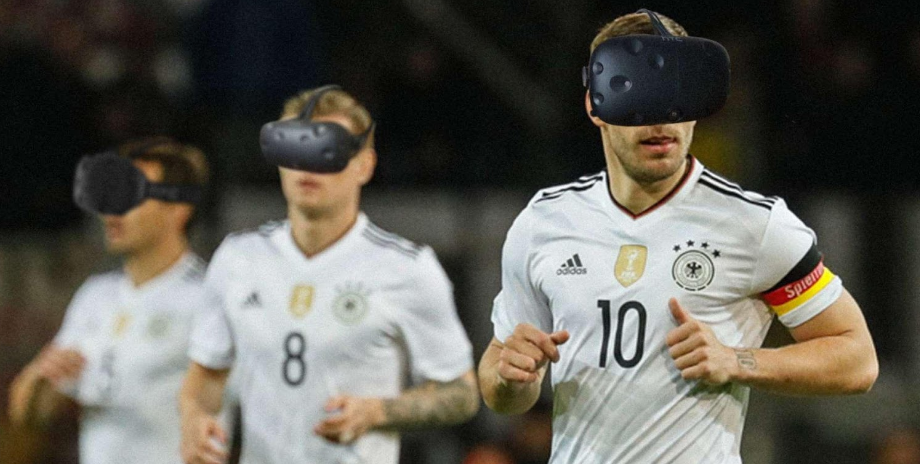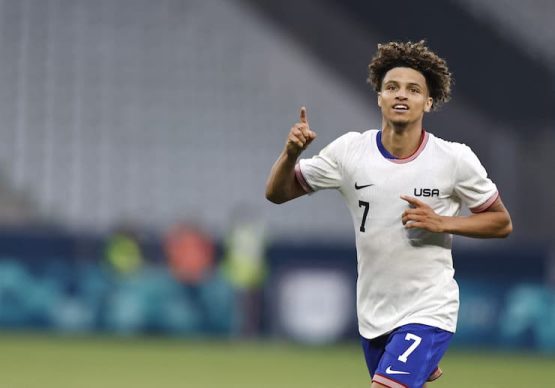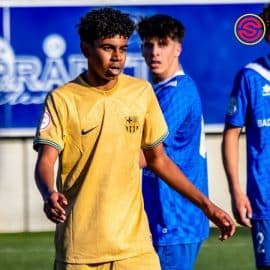The NFL has become a proponent of training in virtual reality, beginning with the Dallas Cowboys in 2015 and spreading to other teams. The NBA’s Washington Wizards and the NHL’s Chicago Blackhawks were also trailblazers in the technology, with other teams eventually embracing the concept. Now STRIVR—a leader in training athletes by using virtual reality—is expanding to European soccer, and the German Football Association (DFB) is the first to take a giant step into this brave new world.
Considering Germany is the defending World Cup champion, and has a reputation for forward thinking when it comes to using technology to better the national team, it seems like the perfect match. Keep in mind that Germany was the first football federation of utilize SAP software and high-definition panoramic cameras to evaluate their players as well as their opponents leading up to the last World Cup competition in Brazil.
The DFB expects plenty of trial and error, because when it comes to using VR technology, American football is vastly different than soccer. That’s because each play on the football field starts from a stop. One team sets up on one side of the line of scrimmage. The opponent lines up on the other. Then, the ball is snapped, and the play begins. That type of static starting and stopping makes it easier to train a quarterback in VR, because there’s a clear beginning and end point. But soccer is continuously moving, making it a completely different experience and one that’s potentially harder to capture with VR.
For now, the DFB is using VR to think about how goalkeepers can improve their play, particularly when it comes to set pieces. Perhaps a keeper can use VR to analyze how an opponent will take a penalty kick. How many steps does the player take from his starting point to when he strikes the ball? How direct is his approach? Does he start and stop, or does he shoot in one motion? Does he open his body before he makes contact? Does he project ball direction before kicking the ball?
It’s also about visualization and repetition. A player who’s taking a free kick can watch himself in VR shoot the ball around the defensive wall and under the crossbar as often as it takes to perfect the shot. He can then “bend it like Beckham” perfectly on every single attempt. To the German national team (or any other squad), there’s real value in that.
Currently, this virtual reality technology is being utilized solely for the German national team to compete in international tournaments and successfully defend its World Cup title next year in Russia. But expect the DFB to also use the same technology to improve the club teams in the Bundesliga as well, since the vast majority of players on the German national team also play in the Bundesliga. Of course, if the VR technology proves useful to the Germans, expect other teams to follow suit.
Add The Sports Daily to your Google News Feed!







